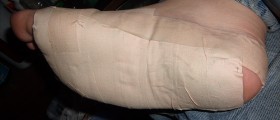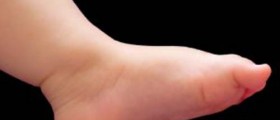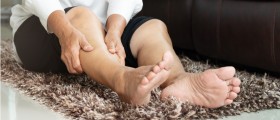
A painful and very common condition called plantar fasciitis can be confused with heel spurs and is something that even doctors confuse on some occasions. Middle-aged women and men are the most threatened group when it comes to this condition, but it is not foreign to other age groups as well. The pain is the most common symptom of the plantar fasciitis and is located in the heel area. Standing in the morning is the most common time this pain occurs, but it decreases over time, just to arise with the same strength after prolonged walking or standing.
Treatment
The inflammation has to be brought under control and a patient needs to rest a lot during the treatment of plantar fasciitis. We will tell you how you can eliminate this problem. Prolonged walking and standing is the first step of the treatment. Also you need to stop jogging for a few days and rest in order to help the inflammation to cool down. The heel pain can be reduced with the application of an ice pack. Include simple exercises that will relax the heel surrounding tissue. You can do them in the morning and evening. The inflammation and the pain can be decreased with the use of anti-inflammatory medications. You can use shoe inserts that will make the daily activities pain free. The heels can remain stretched during the night with the use of night splints. The pain will be decreased in the morning due to the non-contracted foot's arch. The symptoms can be present for a year before they disappear, but normally they last from 3 to 6 months. The inflammation can be decreased with cortisone injection if the problem is not cured, but these injections can cause some problems so doctors try to avoid them. The extracorporeal shock wave therapy is a new kind of treatment that causes the plantar fascia tissue to suffer a microtrauma. This treatment is done when other methods fail.
Prevention
Proper footwear is essential for prevention. Try using shoe inserts and if a mechanical foot structure has a problem, you can also use custom orthotics, also, the prevention of the plantar fasciitis depends on the flexibility of the foot and it can be maintained if you continue with the exercises and stretching.

















Your thoughts on this
Loading...